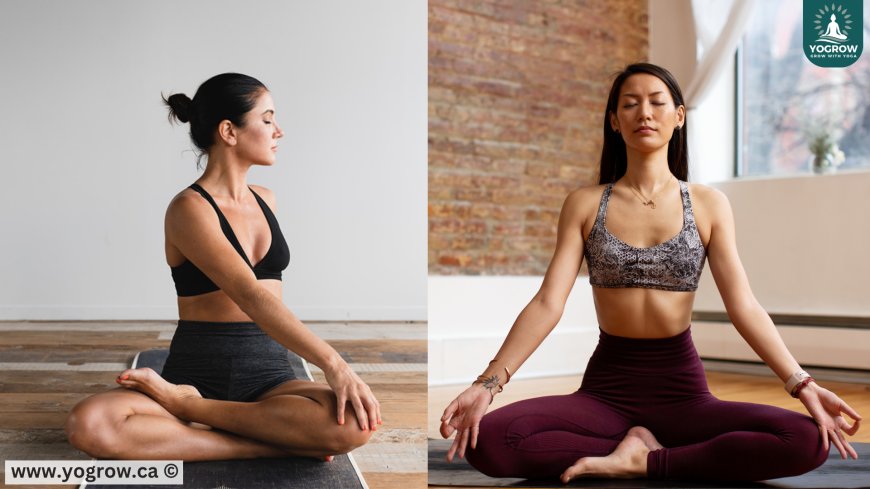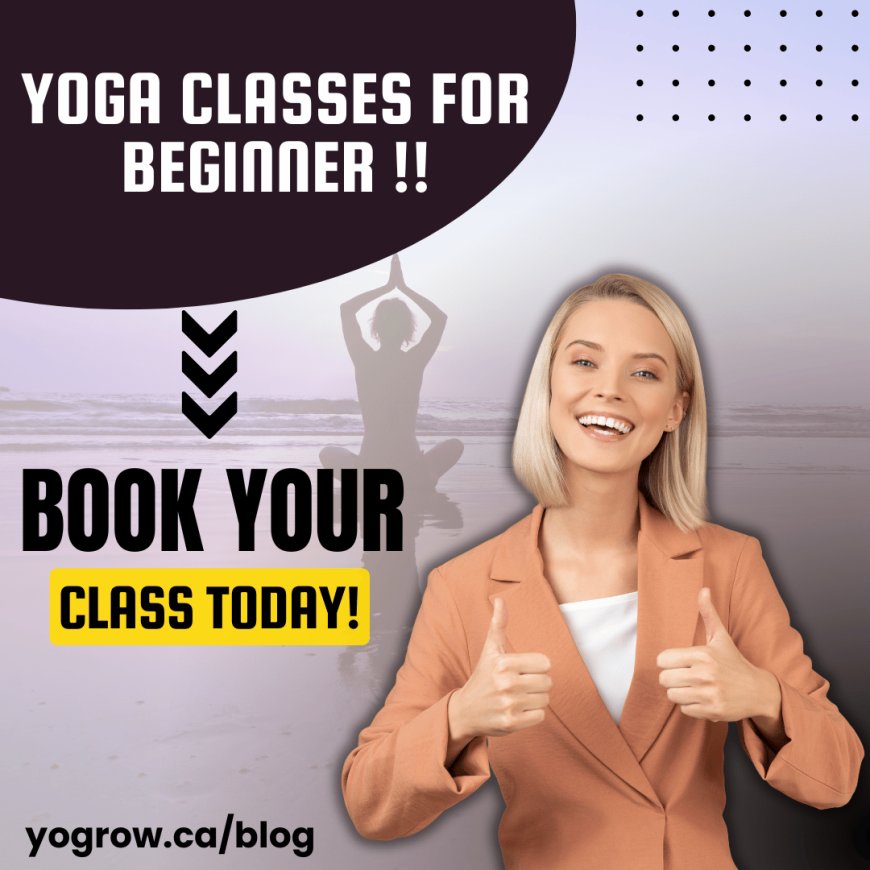Stretching vs. Yoga: What’s the Real Difference?
Discover the key differences between stretching and yoga to boost flexibility, build strength, and enhance mindfulness. Find the best practice for your lifestyle.

In the world of fitness and wellness, people often wonder: Is there a real difference between stretching and yoga? While both aim to enhance flexibility and release tension, their goals, techniques, and benefits differ significantly. Understanding the distinction between yoga and stretching is essential, especially as more people seek mindful movement practices to improve their physical and mental well-being.
If you’ve ever found yourself choosing between a morning yoga routine or a simple stretch session, this article will help you make the right choice for your lifestyle and goals.
Benefits of Stretching vs. Yoga
1. Physical Flexibility and Mobility
Both yoga and stretching aim to improve flexibility—but how they do it differs. Traditional stretching involves holding static positions to lengthen muscles, while yoga combines movement, breath, and poses that engage multiple muscle groups and joints.
A 2022 article from DoYogaWithMe explains that yoga promotes functional flexibility by engaging your entire body, rather than isolating individual muscles. This holistic approach improves mobility and range of motion more effectively over time.
If your goal is simply to reduce stiffness after a workout or long day, stretching is a great tool. But if you're aiming for deeper flexibility with strength and control, yoga might be your better bet.
2. Mind-Body Connection
Yoga incorporates breathwork (pranayama), mindfulness, and meditation—offering more than just physical benefits. It fosters a strong mind-body connection, helping reduce stress and anxiety.
Stretching, while calming, lacks this spiritual and mental component. So if you’re seeking a practice that grounds you emotionally and mentally, yoga stands out.
Looking to start slow? You can ease into mindful movement one stretch at a time—a great way to build awareness while benefiting physically.
3. Improved Posture and Core Strength
Yoga postures engage the core, back, and stabilizing muscles, which can lead to better posture and alignment. Poses like Downward Dog, Warrior II, and Plank are not just stretches—they build strength too.
Stretching typically doesn’t engage the core or improve muscular endurance the same way yoga does. So for those working on posture correction or core strength, yoga offers a more complete approach.
4. Injury Prevention and Recovery
Injury prevention is where both practices shine—but yoga takes a more proactive route. With dynamic flows and breath-synchronized movement, yoga helps in identifying imbalances and compensations early.
That said, static stretching post-exercise remains valuable for cooling down and reducing muscle tension. Integrating both can be part of a comprehensive injury-prevention routine.
5. Mental Clarity and Energy Boost
Starting your day with a yoga flow can boost energy and focus. It’s not just about stretching muscles—yoga invigorates the entire system.
Try this morning yoga routine for energy and focus to experience the difference firsthand. It’s a gentle way to start your day with intention and clarity.
Step-by-Step Guide: Which Practice Should You Choose?
Here’s how you can decide what’s right for you—based on your personal goals and lifestyle.
1. Define Your Objective
-
Want to relieve tight muscles quickly? Go for static stretching.
-
Seeking physical + mental balance? Choose yoga.
-
Looking to build a consistent wellness routine? Start with yoga and incorporate stretching as needed.
2. Time Commitment
-
Stretching: 5–15 minutes before/after a workout.
-
Yoga: 20–60 minutes for a full session. You can also find quick 10-minute flows if you’re short on time.
3. Understand the Context
Use yoga when:
-
You’re feeling overwhelmed or mentally drained.
-
You need a balanced approach to strength and flexibility.
-
You want to improve sleep, focus, and mindfulness.
Use stretching when:
-
You’re warming up or cooling down during workouts.
-
You want to relieve localized muscle tightness.
4. Mix Both for Best Results
Yoga and stretching don’t have to be mutually exclusive. Many yogis integrate traditional stretches into their sequences, and many athletes use yoga to supplement training.
As suggested by expert contributors at DoYogaWithMe, combining both practices can lead to a more functional and resilient body.
5. Stay Consistent
No matter which path you choose, consistency is key. Start with realistic goals, follow online routines or join local classes, and keep checking in with your body.
Conclusion & Call-to-Action
Yoga and stretching are both powerful tools—but understanding their core differences helps you make informed decisions for your health and wellness journey. While stretching is straightforward and efficient, yoga adds layers of depth—connecting the body, breath, and mind.
If you're still unsure where to begin, explore this gentle guide on starting your yoga journey. It’s the perfect next step to feeling more energized and centered.
Have questions or want to share your experience? Drop a comment below or subscribe for more wellness tips. Better yet—book your first session with us today and feel the difference for yourself.
What's Your Reaction?
 Like
0
Like
0
 Dislike
0
Dislike
0
 Love
0
Love
0
 Funny
0
Funny
0
 Angry
0
Angry
0
 Sad
0
Sad
0
 Wow
0
Wow
0























